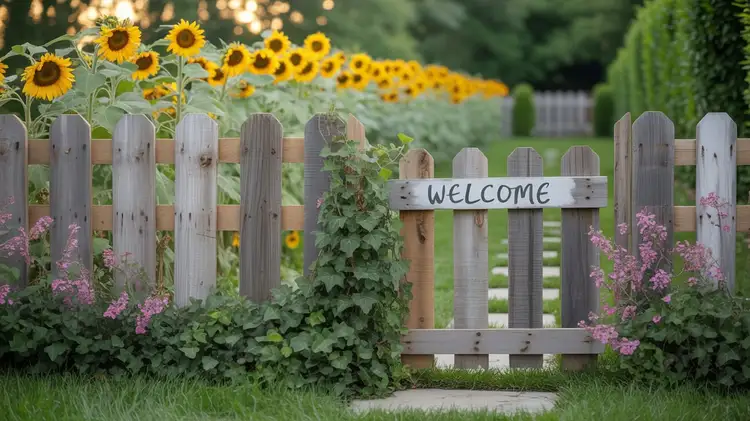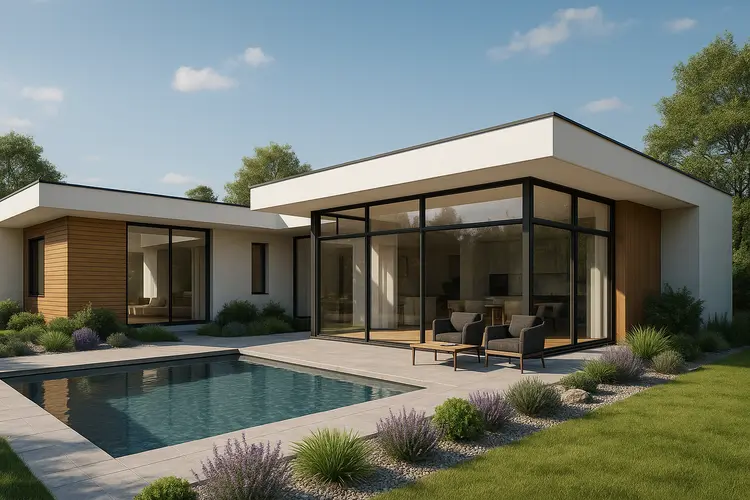Creative Garden Bed Designs for a Stunning Outdoor Space
Published: 14 May 2025
Introduction
1.1 Transforming Outdoor Spaces with Garden Beds
Carefully designed garden beds both increase the charm of external places while fostering better plant growth. Any outdoor space can benefit from creative garden beds because they enhance both depth and character of the landscape.
1.2 Why Garden Bed Design Matters
The major advantages of garden beds include enhanced water draining programs together with superior plant placement management and defined visual organization. Innovative garden designs lead to outdoor areas that both work correctly and look attractive.
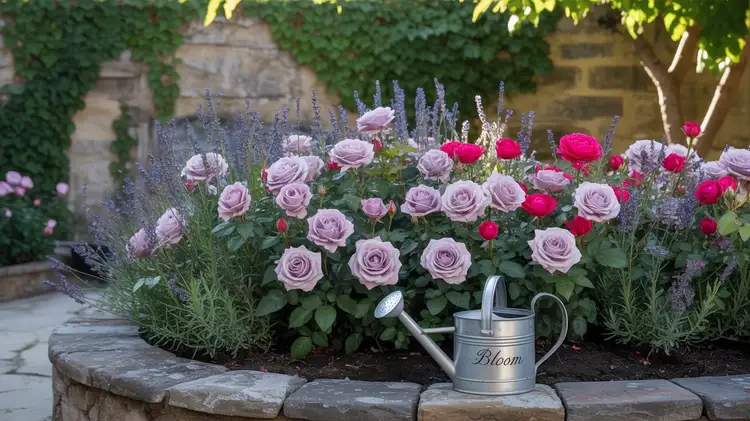
The Raised Bed Design System
The raised bed design system delivers optical charm and structural components.
2.1 Advantages of Raised Beds
Garden bed areas become elevated through this method while drainage improves and soil becomes less compact due to raised height. The controlled arrangement system enables gardeners to maintain high-quality soil that produces healthier plants.
2.2 Materials for Raised Beds
The use of wood in gardening lasts well, but its natural features need sealing to stop degradation processes.
Metal garden beds deliver high durability but will tend to keep heat inside during warm climate conditions.
Stone or brick serves as an elegant choice, providing extended longevity for raised beds.
Design Idea | Description | Outdoor Tip |
Raised Wooden Beds | Easy to maintain and ideal for organized planting. | Use treated wood to prevent rot and pests. |
Tiered Garden Beds | Creates a layered look that adds depth and dimension. | Perfect for sloped gardens or limited space. |
Stone-Edged Flower Beds | Rustic stones provide structure and classic appeal. | Combine with mulch for weed control. |
Spiral Herb Garden | A compact, spiral shape ideal for herbs and small plants. | Place near the kitchen for easy herb access. |
2.3 Design Ideas for Raised Beds
Different height positions within raised beds create a visually interesting design.
The use of rounded bed designs delivers a natural appeal for landscapes.
The walls of the raised bed double as seating since they feature built-in benches.
Vertical Garden Beds for Small Spaces
3.1 Benefits of Vertical Gardening
The vertical arrangement of plants in these garden beds makes efficient use of available space since plants rise vertically instead of spreading horizontally. Vertical plant beds bring depth to walls and fences, making them excellent for tight areas.
3.2 Types of Vertical Gardens
- Wall-Mounted Planters are excellent garden structures which can accommodate herbs along with flowers.
- Hanging Basket Towers function as plant display structures through their plant cascading design.
- Wooden pallets, which have been repurposed, function as original planting structures in pallet gardens.
3.3 Best Plants for Vertical Gardens
Vertical gardens welcome three types of climbing plants:
- Ivy
- Jasmine
- Passionflower vine
Stacked planters provide a suitable environment for growing lettuce, peppers and cherry tomatoes.
Petunias and sweet potato vines grow beautifully while cascading down from their positions.
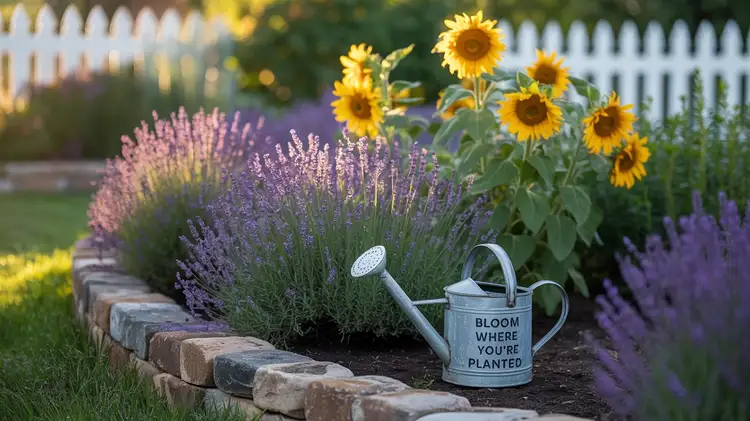
Keyhole Gardens
4.1 What is a Keyhole Garden?
The keyhole garden consists of a circular raised bed combined with a composting basket located at its center. The circular garden structure helps nature develop nutrient-rich soil and manages water consumption.
4.2 How to Build a Keyhole Garden
- Park out a circular shape and cut a small entry point by making a notch in order to form the keyhole opening.
- The outer wall of the garden requires construction materials such as stones, bricks and wooden planks.
- A mesh bin should be placed in the center to enable effective organic waste collection.
- Soil and compost layers must be arranged to achieve the best results for plant growth.
4.3 Plants Ideal for Keyhole Gardens
- Spinach and lettuce prefer cultivating in soils with high nutrient content.
- Carrots and radishes thrive in beds that provide loose textures and good air circulation.
- Basil and cilantro contribute fresh taste while acting as pest repellers.
Herb Spirals for Compact Planting
5.1 Why Choose an Herb Spiral?
An herb spiral enables gardeners to grow various plant zones from a small area. The design system allows plants of different light and water demands to find suitable spots.
5.2 Steps to Create an Herb Spiral
The ideal area for herbs should receive direct sunlight because it helps them thrive.
- Construct the spiral base through stone or brick placement in a vertical circular arrangement.
- Complete the space by using drainage-ready soil which contains ample organic components.
- Plants with different water preferences should be planted from moist-loving ones at the bottom to dry-tolerant ones at the top.
5.3 Best Herbs for a Spiral Garden
- Top Tier (Drier Soil): Rosemary and thyme.
- Middle Tier (Moderate Moisture): Oregano and parsley.
- Lower Spiral Layer: Mint and chives.
Design Idea | Description | Outdoor Tip |
Vertical Wall Planters | Space-saving vertical beds perfect for small gardens or walls. | Great for herbs, strawberries, or decorative flowers. |
Circular Garden Beds | Round beds add symmetry and focus to your garden layout. | Ideal for centerpiece planting or small trees. |
Recycled Container Beds | Eco-friendly use of old containers or tubs as planting beds. | Drill holes for drainage and paint for style. |
Border Garden Edges | Defined borders using bricks or tiles for a clean finish. | Mix materials for texture and contrast in your garden. |
Raised Beds Receive
6.1 Purpose of Garden Bed Edging
Garden beds receive a formal appearance with edging while such structures protect against soil loss during heavy rain. Design elements perform two functions: they retain mulch and maintain the regulations of plants while simplifying overall maintenance effort.
6.2 Creative Edging Materials
- Stone or brick edges create consistent structures that hold classic elegance.
- Leaning wooden logs create a natural garden charm in bed arrangements.
- Metal Borders: Creates a sleek, modern aesthetic.
6.3 Patterns for Stylish Borders
- Composer lines consisting of subtle curves create the sense of naturalness.
- Different stone or brick shades combined together generate visual interest in garden beds.
- The arrangement of different height edges forms a nodal border design.
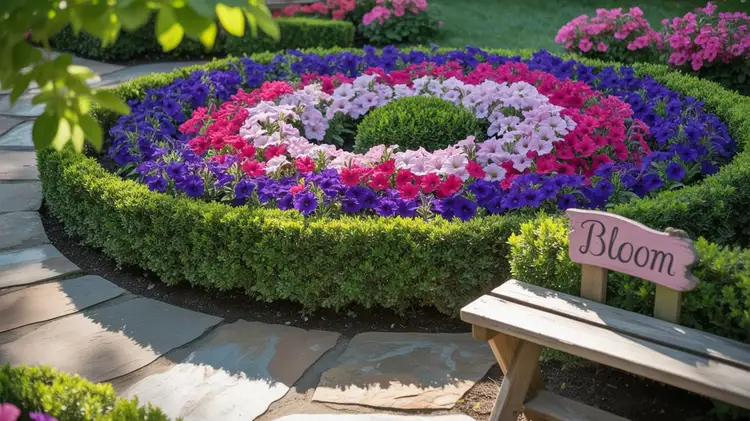
Rocks in Defined Arrangements
7.1 Why Use Rocks in Garden Beds?
Garden beds become more intriguing and visually arresting when rocks are integrated to bring out their natural textures, as well as their contrast elements and structural features. Stones in a garden improve drainage while holding heat, which benefits sub-zero climate plant life.
7.2 Rock Placement Techniques
- Stacked layers produce a depth-enhancing effect.
- Scattered Stones mimic natural landscapes.
- Pathway Integration connects garden beds with stone walkways.
7.3 Best Plants for Rock Gardens
Rocky terrains prove suitable for two succulent varieties including Aloe and sedum.
The combination of drought-resistant bloomers including lavender and yarrow both adds visual appeal and scents to the garden.
Two types of low-growing shrubs provide structure by using juniper and creeping thyme plants.
Garden Beds for Eco-Friendly Landscaping
8.1 Rainwater Collection for Garden Beds
Catchment of rainwater achieves both water preservation and adequate plant hydration. Sustainable gardening receives support from the combination of rain barrels, which collect water, alongside drip irrigation systems.
8.2 Composting for Soil Enrichment
Soil fertility receives essential improvement through compost application, which also lessens the need for chemical fertilizers. A combination of kitchen waste, grass trimmings and leaf fall produces valuable compost for the garden.
8.3 Companion Planting for Natural Pest Control
Two plants set together in a compatible relationship will create better growth while naturally keeping away pests.
- Tomatoes + Basil: Enhances flavor and deters insects.
- Carrots + Onions: Repels carrot flies and aphids.
- The combination of marigolds and vegetables functions simultaneously as organic pest protection and flower beauty enhancement.
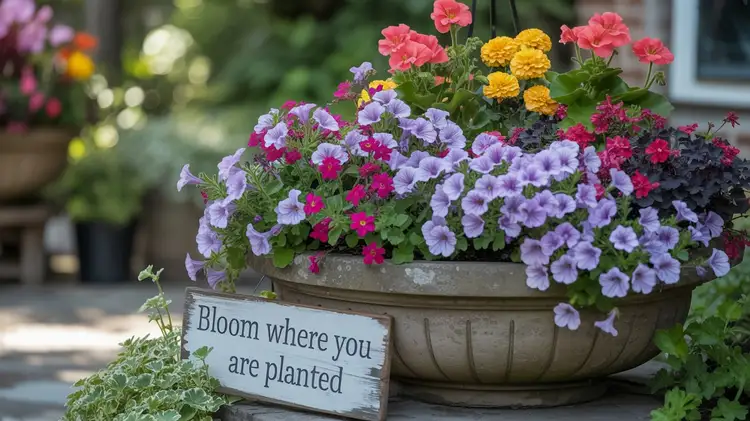
FAQs
What is the proper material for constructing elevated planting containers?
Durable garden elements include wood, stone and metal, which match various design requirements.
How should I optimize the space of my tiny garden?
The most efficient use of small gardens involves combining vertical gardens, herb spirals and using containers for planting.
What types of plants are best suited for rock gardens?
The rocky earth is most suitable for drought-resistant succulent flowers, low-growing shrubs and drought-tolerant plants.
What’s the most effective method to enhance drainage in garden beds?
Improved drainage in the garden becomes possible through the combination of compost, raised beds and sand or gravel incorporation.
What are the benefits of keyhole gardens?
Keyhole gardens deliver several advantages, including water conservation and enhanced soil quality while making composting accessible.
Conclusion
Creative methods used to design garden beds transform ordinary outdoor territory into active beautiful areas. The protective measures leading to protected beauty and increased production in gardens combine elevated planting beds with green gardening practices and vertical plant strategies. Planned implementation of innovative solutions guarantees an attractive outdoor area regardless of garden size.
